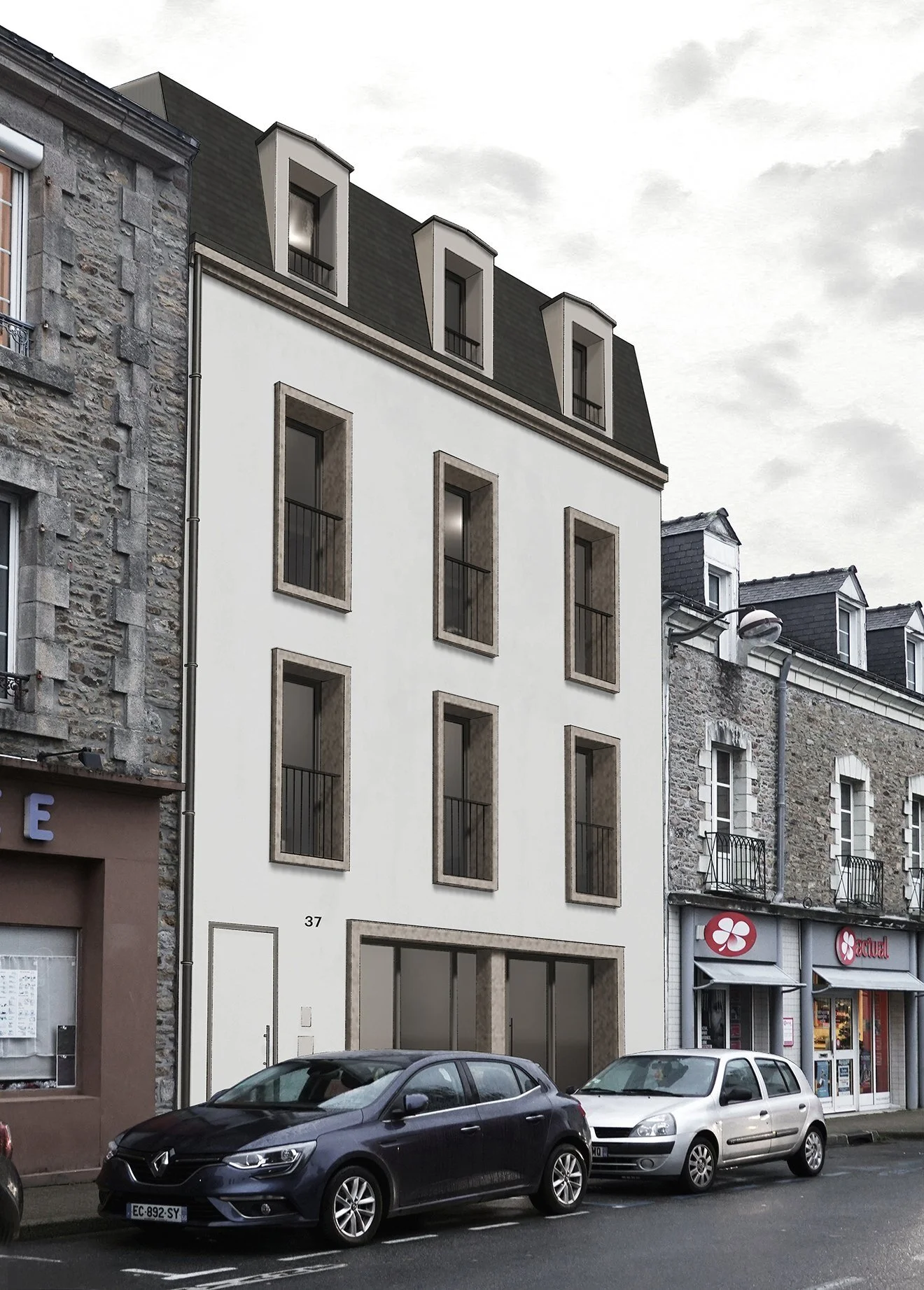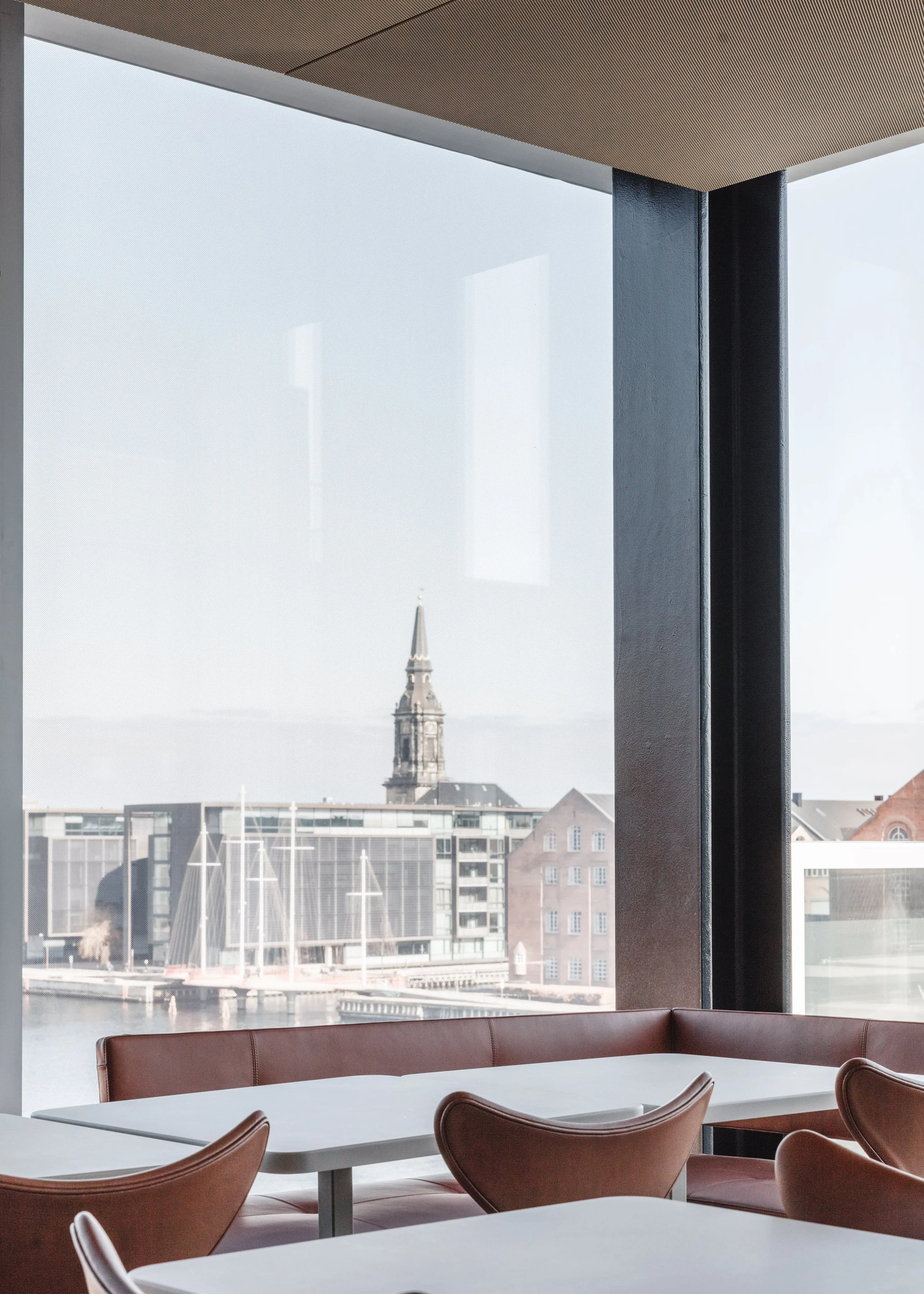Maison en terre crue & Jardin autonomes
Description : Déconstruction, restauration, modification, reconstruction d'une maison auto-suffisante en terre crue.
Réaménagement paysager en permaculture d'un jardin-forêt, verger et potager existants. Restauration d'un boisement natif.
Location : Medlands beach, Aotea / Great Barrier island (New Zealand)
Architecte & Paysagiste : Axel Aucouturier
Context
Oruawharo or Medlands Beach is named after the Medland’s family, who acquired the land in 1865 and gradually cleared scrub and roads, successfully establishing the island’s first east coast farm.
The new scheme plans to restore a part of what has been destroyed. The purpose is not to arrange a reserve of native wildlife where humans don't belong but to commit to a new contract in which each can have and share a place to thrive.
The biological restoration selected 90% of seedlings from native or endemic species to Hauraki Gulf and Aotea.
Keeping the Great Barrier Island's vibe of idyllic loneliness, the house is designed to be self-sufficient and a permaculture garden and forest surrounds it, offering almost everything it needs to flourish.
Concept
The project carefully studied the existing site and building to protect and reuse as much as possible.
The section was intended to represent graphically the eco-logical principles of the building within its environment : The seamless fabric of natures and cultures.
The new house sits on the existing footprint and keeps the concrete slab. 80% of the construction materials (kauri and rimu timber, cover sheet, glass, aluminum frame, concrete aggregates, etc) has been salvaged, measured, restored and adapted to its new purpose. The new building is a variation of what was. It has emerged from the memory of the place.
The oversized fascia of the semi-extensive planted roof reminds the role of the cornice : a structural as well as a socio-political element. In a sense, this ornement still indicates the purpose of the building, the status of its owner and its position in the society but moreover, an evolution of the human relations with non-humans.
The high roof overhang allows to catch enough sun during harsh winter and to protect the rooms from direct sun in summer. In winter, the large windows of the central living room slowly warm up the entire house. The thick rammed earth masonries (floor, 1/3 wall and full-height walls) are made of local mud and aggregates. They are designed like a Trombe wall system so the greenhouse radiates through the whole building during cooler hours.
Survey / Deconstruction / Survey-Diagnosis / Restoration / Reuse / (Re)construction :
Reuse the existing footprint/concrete slab and materials (timber, cover sheet, glass) of the existing house.
Energy & Water systems for NZ Fully self-sufficient / Off grid house :
Rainwater harvesting system :
1 Rainwater harvested from roofs.
2 Large Debris Diverter : prevents leaves and large debris from entering the downpipe. Flush Filter : improves water quality, reduces tank maintenance and protects pump by preventing the small roof debris from entering the tank.
3 Rainwater tank. The Calmed Inlet discharges oxygenated water from the lower part of the tank without disturbing the settled sediment layer at the bottom. The Floating Outtake ensures the suction of water just below the surface where the cleanest water is. The Tank Vacuum automatically vacuums the sediment from the bottom of the tank around the outtake pipe every time the tank overflows. The Vent Cowl provides air circulation through the tank. The Tank Gauge easily monitors the water level in the tank.
Domestic water system :
Sanitary equipment with double grey water system. The most energy-consuming appliances must be used during full daylight.
4 UV steriliser on all household water.
5 Ceramic-Reverse osmosis filter for drinking water.
6 Solar thermal collector.
7 Hot water tank with Gas Boiler automatically turned on when necessary.
8 Gas range.
9 Radiant Floor Heating.
Sewage system :
10 Clean grey water : diverted with a foot controled valve and reused for toilet flushing.
11 Grey water : urine and domestic water (sinks, shower, bath, washing machine and
dishwasher). A good option would be to share a professional Class A washing machine
with other families.
12 Urine Separating toilet. Black water : contains feces, toilet paper and solid matters
from sinks.
13 Aquatron Separator & Composting chamber : uses centrifugal force to separate
solid from liquid. Bio chamber has four rotating bins using worms to compost solids down
to 5% of their original volume. Composted material needs to be removed once a year.
14 Septic tank : water stays several months allowing bacterias to die.
15 Organic waste : organic kitchen leftovers, garden waste and pre-composted feces.
16 Phytopurification through drainfield : effluent absorption and purification through soil.
Electrical system :
20 Wind turbine 3000W.
21 Solar photovoltaic panels : bifacial modules with single-axis solar tracker (on flat roof or opened surface, 30% more efficient) or 360W monofacial panels.
22 Charge controller : hybrid Solar / Wind 12V.
23 Deep cycle Gel battery bank (or AGM or old Electrical Vehicle Lithium-ion Battery).
24 Lights on 12V DC : Dichroic COB LED MR16.
25 Off grid Inverter (w/o AC Filter) for 240V AC Load.
Réseaux Énergie & Eau pour maison autonome :
Système de récupération d’eau pluviale :
1 Récupération des Eaux Pluviales en toiture.
2 Filtre gros débris : empêche les feuilles et les débris de pénétrer dans le tuyau de descente. Second filtre : empêche les plus petits débris de pénétrer dans le réservoir, améliore la qualité de l’eau, réduit l’entretien du réservoir, protège la pompe de filtre avant stockage, limite la formation de dépôts et le développement des bactéries.
3 Réservoir d’eau de pluie : comprend un dispositif d’arrivée tranquille, une crépine d’aspiration flottante, un système de vidange automatique par le fond, un capot de ventilation et une jauge de niveau d’eau et si nécessaire une pompe avec filtre.
Système d’eau domestique :
Équipement sanitaire avec double réseau d’eau grise. Les appareils les plus énergivores sont utilisés en plein jour.
4 Stérilisateur-filtre UV pour le réseau d’eau domestique.
5 Filtre céramique à Osmose inverse pour l’eau potable.
6 Capteur solaire eau chaude.
7 Échangeur-Ballon de stockage eau chaude avec pompe (circulateur ou thermosiphon) sur l’arrivee d’eau froide et régulateur/mitigeur en sortie de ballon. Couplé à une chaudière gaz à régulation électronique.
8 Cuisinière à gaz.
9 Plancher chauffant radiant hydronique.
Système d’eaux usées (assainissement autonome individuel) :
10 Eau grise « propre » : détournée avec une valve à pied pour être réutilisée dans la chasse d’eau.
11 Eau grise : urine et eau domestique (éviers, douche, baignoire, lave-linge et lave-vaisselle). Une machine à laver professionnelle de classe A peut être partagée avec d’autres familles.
12 Toilettes à séparation d’urine. Eau noire : excréments, papier hygiénique et matières solides provenant des éviers.
13 Séparateur avec chambre de compostage Aquatron : utilise la force centrifuge pour séparer les éléments solide et liquide. La chambre biologique dispose de quatre bacs rotatifs utilisant des vers pour composter les solides jusqu’à 5% de leur volume d’origine. En moyenne le bac doit doit être vidé une fois par an.
14 Fosse septique : l’eau y reste plusieurs mois permettant aux bactéries de mourir.
15 Déchets organiques : restes de cuisine, déchets de jardin et excréments pré-compostés. 16 Phytopurification par épandage sous-terrain ou lagunage: absorption et purification des effluents par le sol.
Réseau électrique :
20 Éolienne 3000W.
21 Panneaux solaires photovoltaïques : modules bifaciauxs avec tracker solaire mono-axe (sur toit plat ou surface ouverte, 30% plus efficace) ou panneaux monofaciaux 360W.
22 Contrôleur de charge : hybride solaire / éolien 12V.
23 Batteries en série gel à cycle long, ou AGM ou ancienne Batterie lithium-ion pour véhicule électrique ou Pile au sodium-ion (longévité, sécurité et plus écologique mais taille imposante). L’énergie en excés peut également être stockée dans un château d’eau via une pompe solaire et produire de l’électricité grâce à un alternateur.
24 Éclairage en 12V Continu : LED dichroïque COB type MR16.
25 Onduleur solaire (avec/sans filtre AC) pour courant alternatif 240V.
Sources :
S.A. Henrys & M.P. Hochstein (1985) A geophysical reconnaissance survey of Great Barrier Island, North Island, New Zealand, New Zealand Journal of Geology and Geophysics, 28:3, 383-395, DOI: 10.1080/00288306.1985.10421193
Melinda S Allen & Richard N Holdaway (2010) Archaeological avifauna of Harataonga, Great Barrier Island, New Zealand: implications for avian palaeontology, Maori prehistory, and archaeofaunal recovery techniques, Journal of the Royal Society of New Zealand, 40:1, 11-25, DOI: 10.1080/03036751003641719
P. R. Moore & Jill A. Kenny (1985) Geology of northeastern Great Barrier Island (needles point to Rangiwhakaea bay), New Zealand, Journal of the Royal Society of New Zealand, 15:3, 235-250, DOI: 10.1080/03036758.1985.10416829
Megan Walker and Robert Brassey , Appendix 1 - Historic Context Statement Aotea Great Barrier Island, May 2019, Auckland Council
MEDLANDS BEACH, GREAT BARRIER ISLAND: ARCHAEOLOGICAL ASSESSMENT Report By Kim Tatton (MA Hons) Rod Clough (PhD), April 2015
P.R. Chappell, THE CLIMATE AND WEATHER OF AUCKLAND 2nd edition, NIWA
Native Vascular Plants of Great Barrier Island, Plants recorded during the Wellington Botanical Society visit from 30 January to 7 February 2008
Reptiles and Amphibians of New Zealand · iNaturalist NZ
Ferme du Bec Hellouin, Forêt jardin, guide
Ross Mars, The permaculture transition manual : A Comprehensive Resource for Resilient Living, 2016.
Mostly native & endemic flora : Leptospermum scoparium, Sophora microphylla, Agathis australis, Araucaria heterophylla, Arthropodium cirratum, Gaultheria antipoda, Dichelachne crinita, Phormium tenax, Cordyline australis, Myrsine australis, Kunzea sinclairii, Libertia peregrinans, Carex 'raotest', Disphyma australe, Austrostipa stipoides, Muehlenbeckia axillaris, Xeronema callistemon, Euphorbia glauca, Xeronema callistemon, Tulbaghia violacea, Leptinella spp., Olearia furfurace, Pomaderris kumeraho, Pyrrosia eleagnifolia, Schefflera digitata, Muehlenbeckia complexa, Carpodetus serratus, Carmichaelia appressa, Knightia excelsa, Apodasmia similis, Macropiper excelsum, Astelia fragrans, Schefflera digitata, Poa cita, Coprosma kirkii, Pennisetum clandestinum, Leptostigma setulosa, Helichrysum lanceolatum, Phormium tenax, Baptisia australis, Coprosma & Pittosporum spp., Ficinia nodosa, Pimelea prostrata, Astelia banksii, Coprosma brunnea, Carex pumila, Coprosma acerosa, Dichelachne crinita, Leptinella spp., Washingtonia filifera, Rhopalostylis sapida, Kunzea ericoides, Leptospermum scoparium, Archontophoenix alexandrae, Solanum aviculare, Hebe pubescens, Pseudonanax discolor, Hebe & Carex spp., Leptospermum 'Wairere Falls', Collospermum hastatum, Leptospermum scoparium, Gleichenia dicarpa, Collospermum hastatum, Gleichenia dicarpa, Microlaena avenacea, Astelia solandri, Quintinia serrata, Uncinia uncinata.
Native fauna : Prosthemadera novaeseelandiae, Rhipidura fuliginosa, Hemideina thoracica, Porphyrio melanotus, Callaeas cinereus, Hemiphaga novaeseelandiae, Homo sapiens, Anthornis melanura, Ninox novaeseelandiae, Sphenodon punctatus.
Voir d’autres projets :








